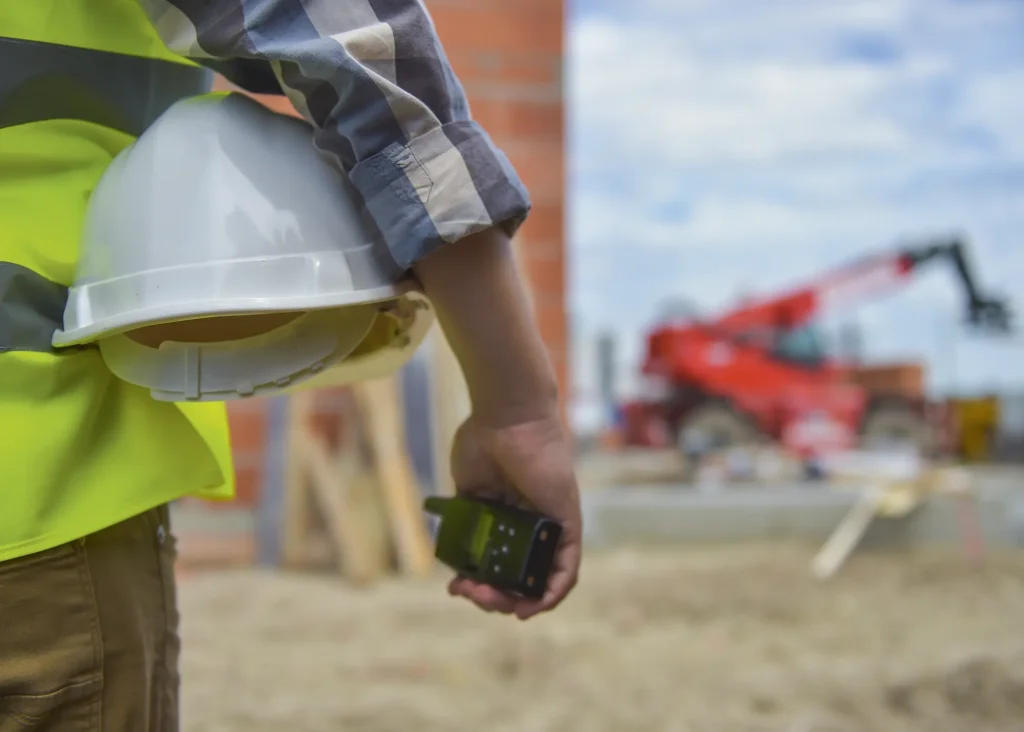
Early Bird Offer! Free tickets to meet independent experts at this summer's Build It Live
Save £24 - Book Now!
Early Bird Offer! Free tickets to meet independent experts at this summer's Build It Live
Save £24 - Book Now!Operating a safe and compliant construction site is essential for the success of any self build. You have a legal and ethical duty to ensure the wellbeing of everyone who sets foot on your site. This can be achieved by putting the proper steps in place from the moment you exchange contracts, right through to the completion and sign-off of the new structure.
Every building project must adhere to the Construction (Design & Management) Regulations 2015 – often referred to as CDM. These rules aim to ensure compliant measures are adopted throughout the process, so health and safety risks are properly controlled, and you protect both workers and anyone else who may be affected by the construction activities.
Under CDM regs, a self builder will typically take on the role of Domestic Client. This means you are responsible for ensuring the project is managed safely – but the Health and Safety Executive (HSE) knows self builders aren’t construction specialists. As the Domestic Client, your responsibility is primarily focused on appointing other duty holders as needed (ie tasking designers, builders and trades to plan and conduct their works safely).
If your project involves more than one contractor, you must appoint a Principal Designer to manage health and safety during the design phase, as well as a Principal Contractor to coordinate this side of things during the construction stages.
The ultimate protection – what makes a good self build site insurance policy?A self build project demands time, dedication and substantial financial commitment, so you need appropriate insurance from the moment you acquire your plot. When it comes to the right cover, a good policy checklist can be broken down as follows:
|
First up, as soon as you exchange on a building plot, you need public liability insurance to protect against injuries or damage on your property. During construction, you will also need site insurance, which can include both public and employers’ liability insurance. Note that your builder’s own cover may be limited – so always check their policy documents carefully for details. In most scenarios, you will need your own insurance. If you hire individual trades, you must have employer’s liability cover.
Pre-commencement is a key stage in the self build journey, especially when it comes to preparing a safe site. We always recommend that you do your research, consult and work with professionals to plan and deliver a safe and happy project outcome. Important steps include:

You now have the key measures in place to identify and control health and safety risks on your project via competent designers and contractors. But how do you keep the site secure and safe as people come and go?
| Jake Fitness is team leader at Self-Build Zone, which offers a comprehensive range of specialist self build, renovation, extension, site insurance coverage and self build warranties. Call 0345 230 9874 or visit Self-Build Zone’s website for more information and advice. |
